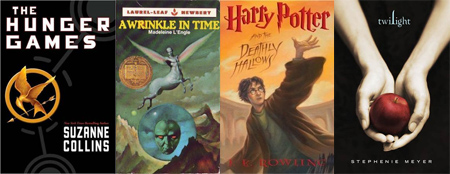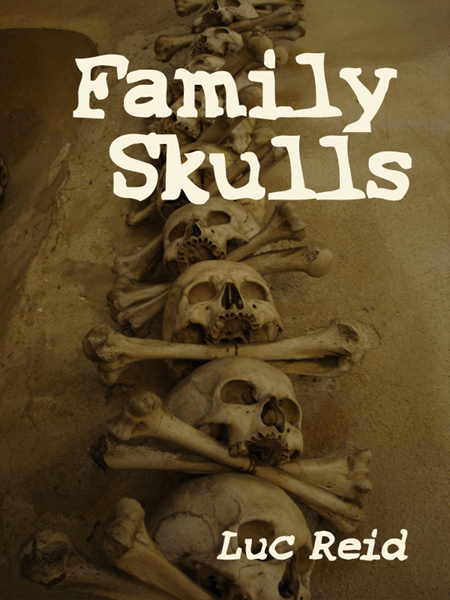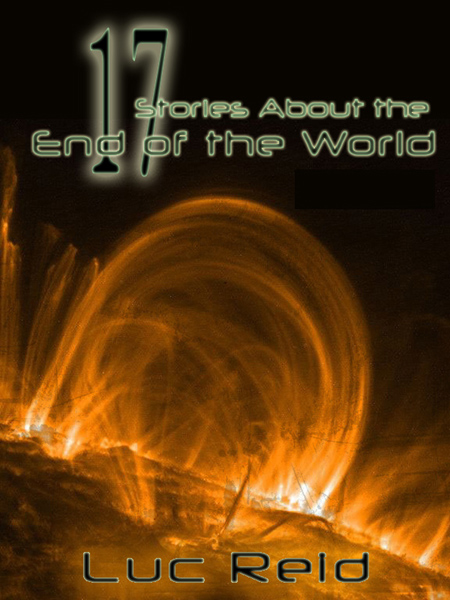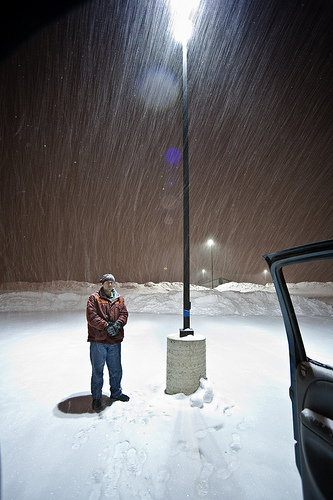 I’m reading three books in alternation at the moment, and I’m not sure I trust any of them.
I’m reading three books in alternation at the moment, and I’m not sure I trust any of them.
Trusting a writer’s competence
The first is a non-fiction book about how people change, and while it’s interesting and entertaining so far, one of their opening topics is some of the research that has been done into the alleged depletion of willpower–experiments where half the subjects are given a task that requires willpower and half aren’t, and then all subjects are given a task that (unknown to them) is impossible. The finding is that the people who have not had to exercise willpower in the first part of the experiment tend to stick with the impossible task longer. The researchers concluded from this that willpower must be a resource that can be used up.
Without going into the subject in great detail here, the conclusion is just a theory of how willpower works, and it isn’t one for which anyone as far as I know of has offered a realistic mechanism. The experimental results (the group that hasn’t had to exert willpower doing better on the task) are interesting, but the interpretation is just an educated guess, and a problematic one–see “Does Willpower Really Get Used Up?.” Yet the authors of the book I’m reading talk about the theory as though it’s established fact and move on from there. Do they really not understand the difference between scientific evidence and a theory used to explain the evidence? This is key for someone who’s going to be interpreting the results of scientific studies.
So for that first book, I’m not sure I trust the authors’ competence, which is a problem.
Trusting a writer’s intentions
The second book is a novel, John Kennedy O’Toole’s A Confederacy of Dunces. I have a vague idea that I’ve read it before, but all I remembered was how revolting the main character was. Re-reading it, I find that all of the characters are revolting: they’re stupid or weak or pitiable or mindlessly self-centered. I don’t believe that’s what people are actually like, as a rule, and so when an author fills a novel with such characters at the start, then I have to wonder what the author’s view of the world is and where the story is going. In this book, I don’t trust the author’s intentions for the book.
Trusting a writer’s personality
The third book is actually a series of lectures on CD, but since it’s very much like an audiobook, I’m treating it as one. The subject is Russian history, and the lecturer has a great many strong credentials. What I’ve heard so far of the series is interesting, clear, and–as far as I can tell–very well-informed. I feel pretty confident that the guy knows what he’s talking about. So what’s my problem? I don’t have much of one, except that the author’s photo is on the front of the CD case, and in that photo his smile is one-sided, a type of expression that often means pretend friendliness that actually masks contempt or displeasure. The expression reminds me of an acquaintance whose actions and choices are routinely awful and unkind. So in this case, I don’t trust the author personally–admittedly, based on very scant information. It’s very iffy to try to interpret body language based on a single expression or gesture (see “How to Tell If Someone’s Interested in You, and Other Powers of Body Language“)–but I’m on my guard.
Trust in person
When someone asks “Do you trust me?”, they’re really asking at least three different things:
1) Do you trust my intentions?
2) Do you trust my decisions?
3) Do you trust my skills?
For instance, someone might offer to take care of my kids for me, and if I didn’t trust them on any of those three fronts, then I’d have to say no. If I didn’t trust that they intended to keep my kids safe, happy, and healthy, then that would be a no go. If they did mean well but tended to make bad choices–for instance, if the person were an active alcoholic or very absent-minded–then there would still be a problem, because I wouldn’t trust their ability to make good decisions. And people who mean well and are on the ball but don’t know what they hell they’re doing aren’t good candidates for an important job, either.
This applies to books because writing a book is an important job. If the book is successful at all, it will have anything from hundreds to millions of readers, and each reader is going to devote hours of focused attention to the book, which gives the writer responsibility for thousands to many millions of hours of readers’ time. Personally, if I’m going to invest, say, 6 or 7 hours in reading a book (which is roughly how long it takes an average adult reader to read an average novel), I want to be sure I’m investing that time well.
How it all shakes out
So for the non-fiction book, I’ll read a little further and see whether the authors seem to be taking care with their facts. If not, I’ll stop reading, because bad information is worse than no information at all.
For the novel, I may or may not read a little further to see if there’s any hint of a worldview that I care about. If the author continues to go on depicting a world in which everyone is pathetic and awful, I’ll drop it, because I don’t think that’s a realistic or useful way to look at the world. I wonder if that isn’t what I did the first time I tried reading it.
But where the Russian history lectures are concerned, I think I’ll probably keep listening. Even if the author happens to be an unkind or untrustworthy individual personally (and of course I have no clear reason to believe that he is, just a hint that he might be), I do trust him to do a good job of teaching about Russia through audio lectures, because that’s not an activity that requires any personal interaction. This is one place where writing departs from taking care of children, that in some cases bad people can write good books.
What about you? Do you trust the books you’re reading? Or writing?
Photo by K’s GLIMPSES
Like this:
Like Loading...









 So you have a new novel for middle grade readers called The Mostly True Story of Jack coming out from Little, Brown in August, but you have a lot of prior experience writing science books for kids (e.g., Sewers and the Rats That Love Them). Does the nonfiction writing help you in writing fiction for kids of the same age group?
So you have a new novel for middle grade readers called The Mostly True Story of Jack coming out from Little, Brown in August, but you have a lot of prior experience writing science books for kids (e.g., Sewers and the Rats That Love Them). Does the nonfiction writing help you in writing fiction for kids of the same age group?

